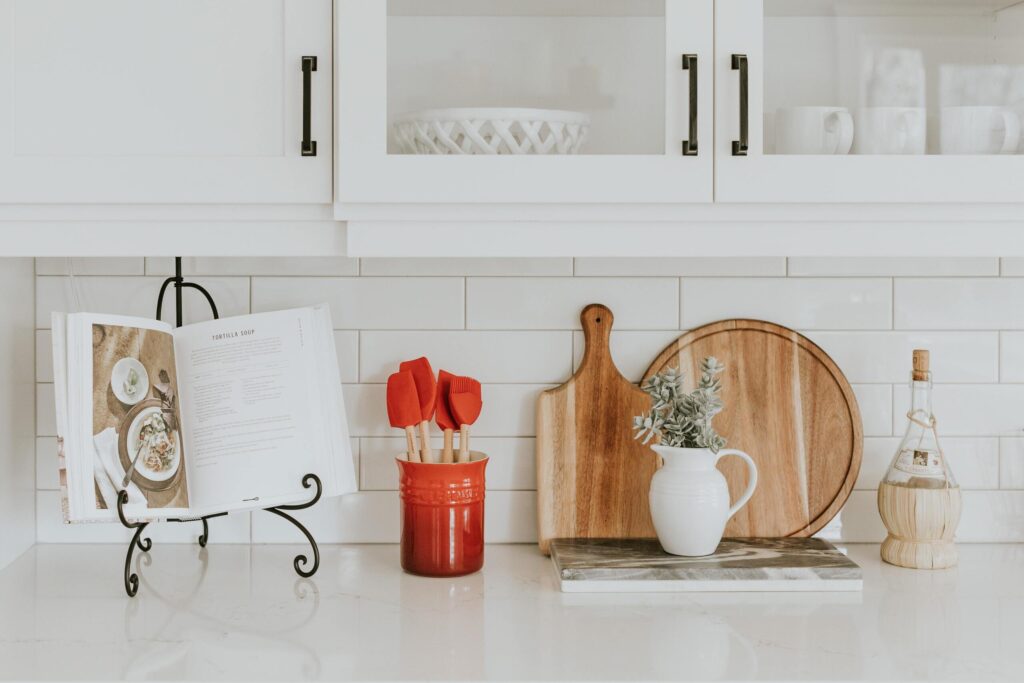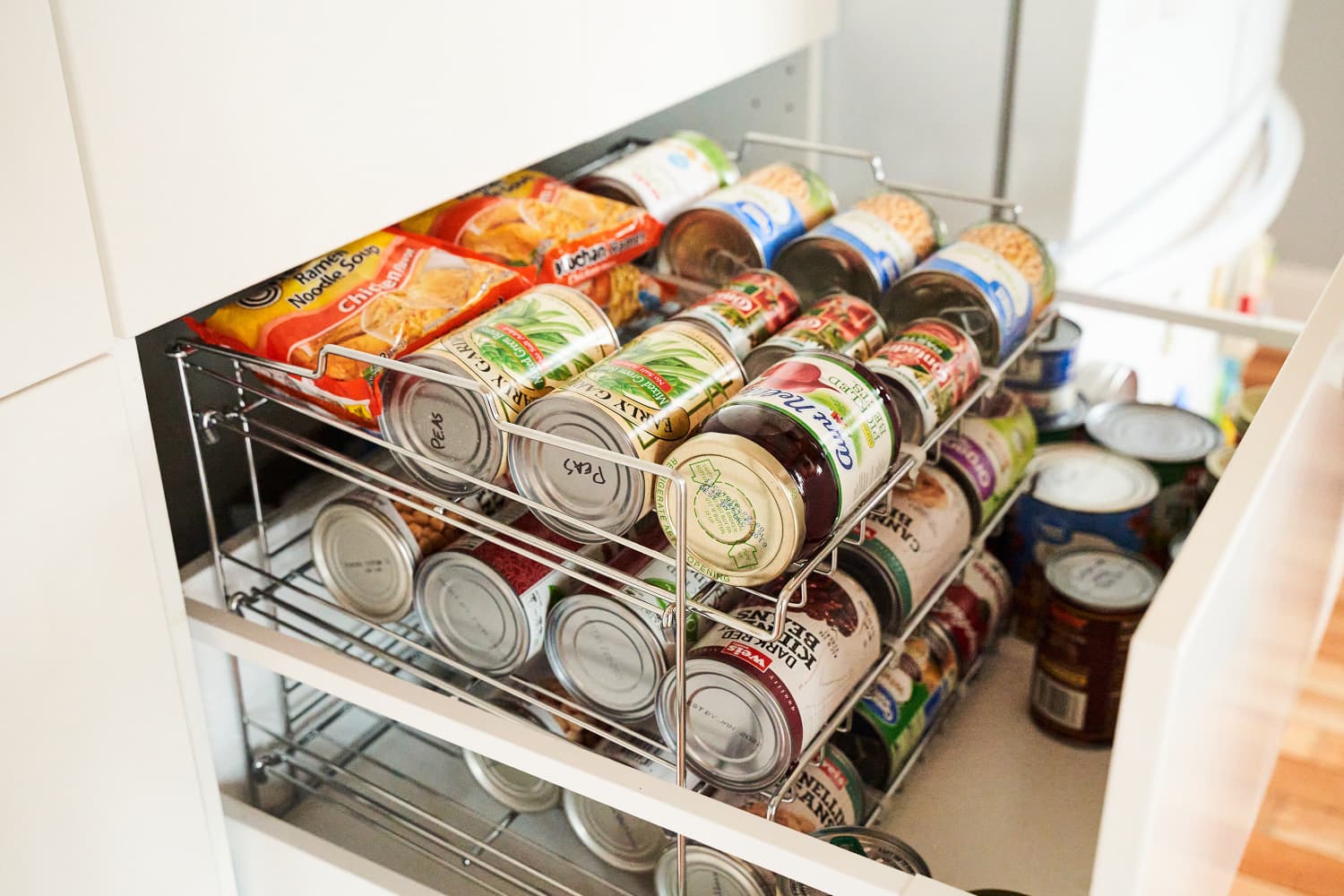 When I first set out to
When I first set out to
Creating a well-organized kitchen is not just about aesthetics; it’s about functionality, efficiency, and making your daily routines easier. Whether you’re a seasoned chef or someone who dreads cooking, a properly arranged kitchen can transform your culinary experience. This comprehensive guide will walk you through actionable steps and insider tips to optimize your kitchen space.
The Importance of Kitchen Organization
A cluttered kitchen slows you down, creates stress, and even increases food waste. When your kitchen is organized, you can quickly locate tools, ingredients, and appliances, making meal preparation a breeze. But more than that, an organized kitchen contributes to a healthier and happier lifestyle. Let’s delve into how you can achieve this.
Step 1: Declutter and Assess Your Kitchen Essentials
The first step in organizing any space is decluttering. Go through your kitchen items one by one and sort them into categories: keep, donate, or discard. Be ruthless about letting go of duplicate tools, expired pantry items, and appliances you haven’t used in over a year.
Tips for Effective Decluttering:
- Start Small: Tackle one drawer or cabinet at a time to avoid feeling overwhelmed.
- Follow the “One-Year Rule”: If you haven’t used it in the past year, it’s time to let it go.
- Group Similar Items: Place all baking tools, for instance, in one spot to easily assess what you have.

Step 2: Zone Your Kitchen for Maxi
mum Efficiency
A well-zoned kitchen saves time and energy. Group items based on their function and proximity to where you use them.
Common Kitchen Zones:
- Prep Zone: Keep cutting boards, knives, and mixing bowls near your prep area.
- Cooking Zone: Store pots, pans, and utensils close to the stove.
- Storage Zone: Organize your pantry and refrigerator systematically for quick access.
- Cleaning Zone: Keep cleaning supplies, dish soap, and trash bags under the sink for convenience.
Step 3: Invest in Smart Storage Solutions
Storage plays a critical role in maintaining an organized kitchen. Maximize every inch of your space with these smart solutions:
Cabinet and Drawer Organizers:
- Use adjustable dividers for utensils and knives.
- Install pull-out shelves for easy access to items at the back of cabinets.
- Add hooks or adhesive racks to cabinet doors for extra storage.
Pantry Solutions:
- Store dry goods in labeled, transparent containers to easily see what you have.
- Use tiered racks for canned goods and spices to prevent clutter.
- Invest in lazy Susans for hard-to-reach corners.
Refrigerator Organization:
- Use clear bins to group similar items.
- Label shelves for dairy, produce, and
leftovers.
- Place frequently used items in easily accessible spots.
Step 4: Keep Counters Clutter-Free
Your countertops should be a workspace, not a storage zone. Keep only the essentials on the counter, such as a coffee maker or toaster, and store everything else.
Quick Tips for Clear Counters:
- Store appliances in cabinets when not in use.
- Use wall-mounted racks for knives or spice jars.
- Add a small basket for mail or miscellaneous items and clear it daily.
Step 5: Develop Habits to Maintain Organization
Once your kitchen is organized, maintaining it is key. Simple habits can prevent clutter from building up again.
Daily Habits for a Tidy Kitchen:
- Clean as you cook to avoid piling up dishes.
- Perform a quick nightly reset by wiping counters and putting items back in their places.
- Regularly review pantry and refrigerator contents to avoid expired items.
First-Person Perspective: How I Transformed My Kitchen
When I first started organizing my kitchen, it felt like a monumental task. I had drawers overflowing with mismatched utensils, a pantry full of expired spices, and countertops cluttered with appliances I rarely used. But once I committed to the process, the results were life-changing.
One of the best decisions I made was to invest in st
ackable pantry containers. Before, I’d waste time digging through half-empty boxes of cereal or forgotten bags of flour. Now, everything is clearly labeled and within reach. Another game-changer was creating a prep zone by grouping my knives, cutting boards, and mixing bowls. It made cooking much more enjoyable and less stressful.
The hardest part was letting go of items I thought I might use someday, like that ice cream maker collecting dust. But once I realized it was taking up valuable space, I donated it and never looked back. Now, my kitchen is a joy to use.

Conclusion
An organized kitchen is not just a luxury—it’s a necessity for a smoother, more enjoyable cooking experience. By decluttering, zoning your space, and investing in smart storage solutions, you can transform your kitchen into a functional haven. Remember, the key to lasting organization lies in developing habits that maintain order. Start small, stay consistent, and enjoy the rewards of an organized kitchen.
FAQs: How to Organize Your Kitchen
Q: How do I start organizing my kitchen if I feel overwhelmed?
A: Begin small by focusing on one drawer or cabinet at a time. Break the process into manageable steps, and you’ll build momentum as you go.
Q: What are the best tools for organizing kitchen drawers?
A: Adjustable dividers, trays, and small containers are excellent for organizing utensils and small tools.
Q: How can I make the most of a small kitchen?
A: Use vertical storage, such as wall-mounted racks or tall shelves, to maximize space. Consider foldable or stackable items to save room.
Q: How often should I declutter my kitchen?
A: Aim to declutter at least twice a year, or more frequently if your space tends to get cluttered quickly.
Q: Are there affordable ways to organize my kitchen?
A: Yes, you can repurpose items like shoeboxes for drawer dividers or mason jars for pantry storage to save money.
Q: How do I organize my pantry effectively?
A: Group similar items together, use clear containers, and label ev
erything for quick access.
Q: What’s the best way to organize spices?
A: Use a tiered spice rack, magnetic spice tins, or a pull-out drawer organizer for visibility and accessibility.
Q: How do I keep my refrigerator organized?
A: Use clear bins, label shelves, and group similar items to keep your fridge tidy.
Q: What are some tips for keeping my countertops clutter-free?
A: Store appliances when not in use, use wall-mounted racks, and designate a daily catch-all basket for miscellaneous items.
Q: How can I maintain my organized kitchen?
A: Clean as you go, perform nightly resets, and regularly review pantry and refrigerator contents to keep clutter at bay.